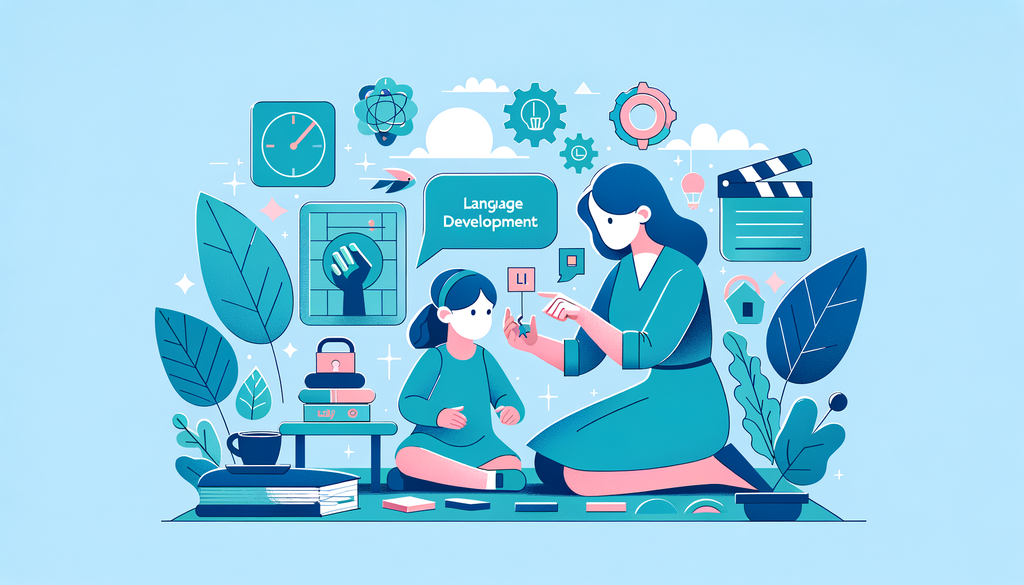Language Development: Tailored Strategies for Special Needs Children

Language Development: Tailored Strategies for Special Needs Children
The journey of language development can be diverse, particularly for children who have special needs. This post explores the various strategies and interventions that can be tailored for these unique learners.
Understanding Language Development
Children develop language skills at different rates, but special needs children may face significant delays or difficulties. Whether due to a hearing impairment, an autism spectrum disorder, Down syndrome, or a language disorder, these children may need additional support to communicate effectively.
Tailoring Language Interventions
For children with special needs, language interventions should be specialized and flexible, catering to each child’s specific needs and learning style.
Speech-Language Pathologists
Working with a speech-language pathologist (SLP) is highly beneficial. SLPs have the skills and knowledge to assess, diagnose, and treat language difficulties, helping children improve their spoken and written language, and nonverbal communication.
Using Augmentative and Alternative Communication (AAC)
For children who struggle with speech, AAC offers alternative methods of expressing thoughts and needs. AAC includes both non-tech solutions like sign language and tech-based systems like speech-generating devices.
Visual Aids
For children on the autism spectrum or with attention deficits, visual aids can help reinforce verbal instructions and make abstract ideas more concrete. You can find more about these tools in our post on Visual Aids and Learning Tools for Children with Autism.
Supporting Language Development at Home
Parents and caregivers play an essential role in supporting language development. Here are several strategies:
Use Simple Language
Speak to your child using simple, short sentences. This way, they can understand and mimic your words more easily.
Foster Interaction
Engage with your child through play. By interacting directly, caregivers can teach new words and concepts organically within a fun and engaging context.
Incorporate Music and Rhymes
Songs, rhymes, and fingerplays are excellent tools for language learning. They teach children about rhythm, intonation, and the structure of language.
Encourage Expression
Promote the use of language to express needs, wants, and feelings. Offering choices encourages children to communicate their preferences.
Our previous post on Easing Into Education: Transitional Strategies for Special Needs Kids also provides some valuable insights into helping your child adapt to educational environments.
The Bottom Line
Regardless of where a child falls on the spectrum of language development, the key lies in recognizing their individual needs, providing targeted support, and celebrating every small victory. Remember, patience and creativity are your allies in this enriching journey.
For more insights on supporting your special-needs child, check out our posts on Managing Meltdowns: Strategies for Parents and Overcoming Obstacles: Therapy Options for Diverse Learners. For those navigating the IEP process, Your Child’s Rights: Understanding the IEP Process can be an invaluable resource.